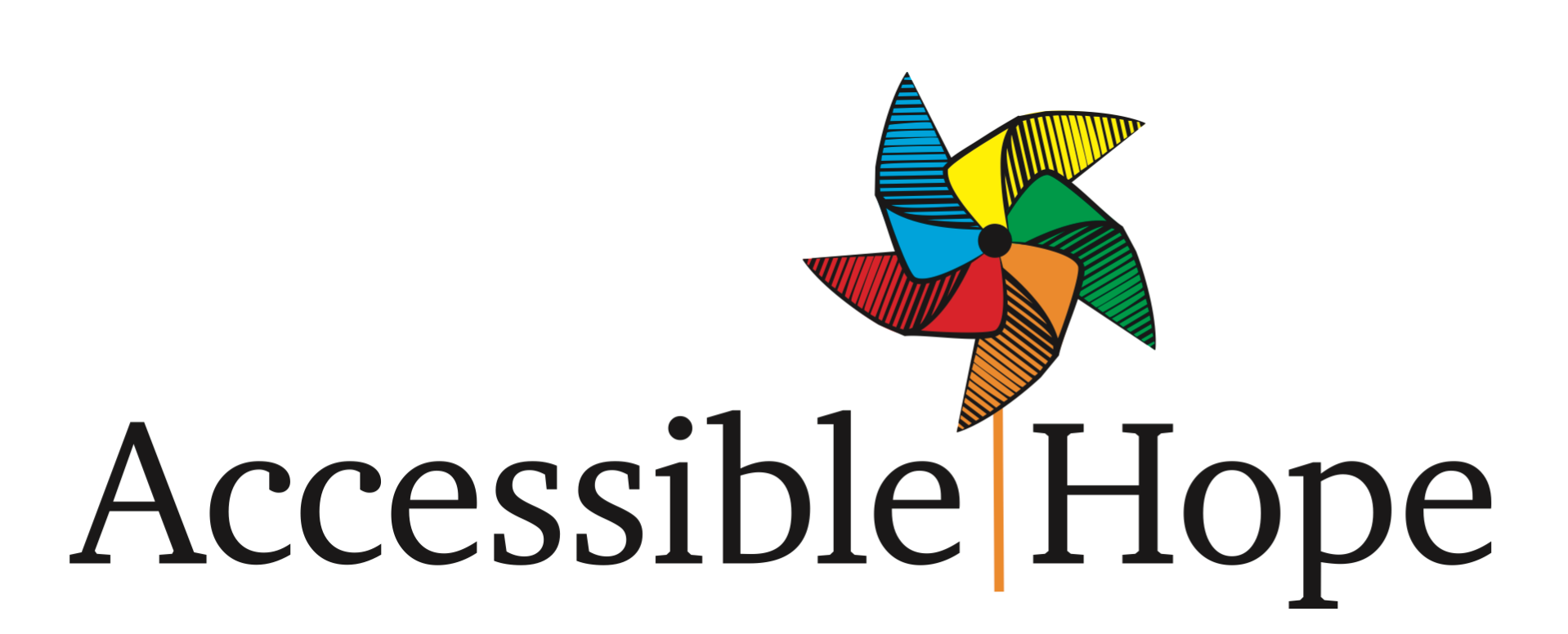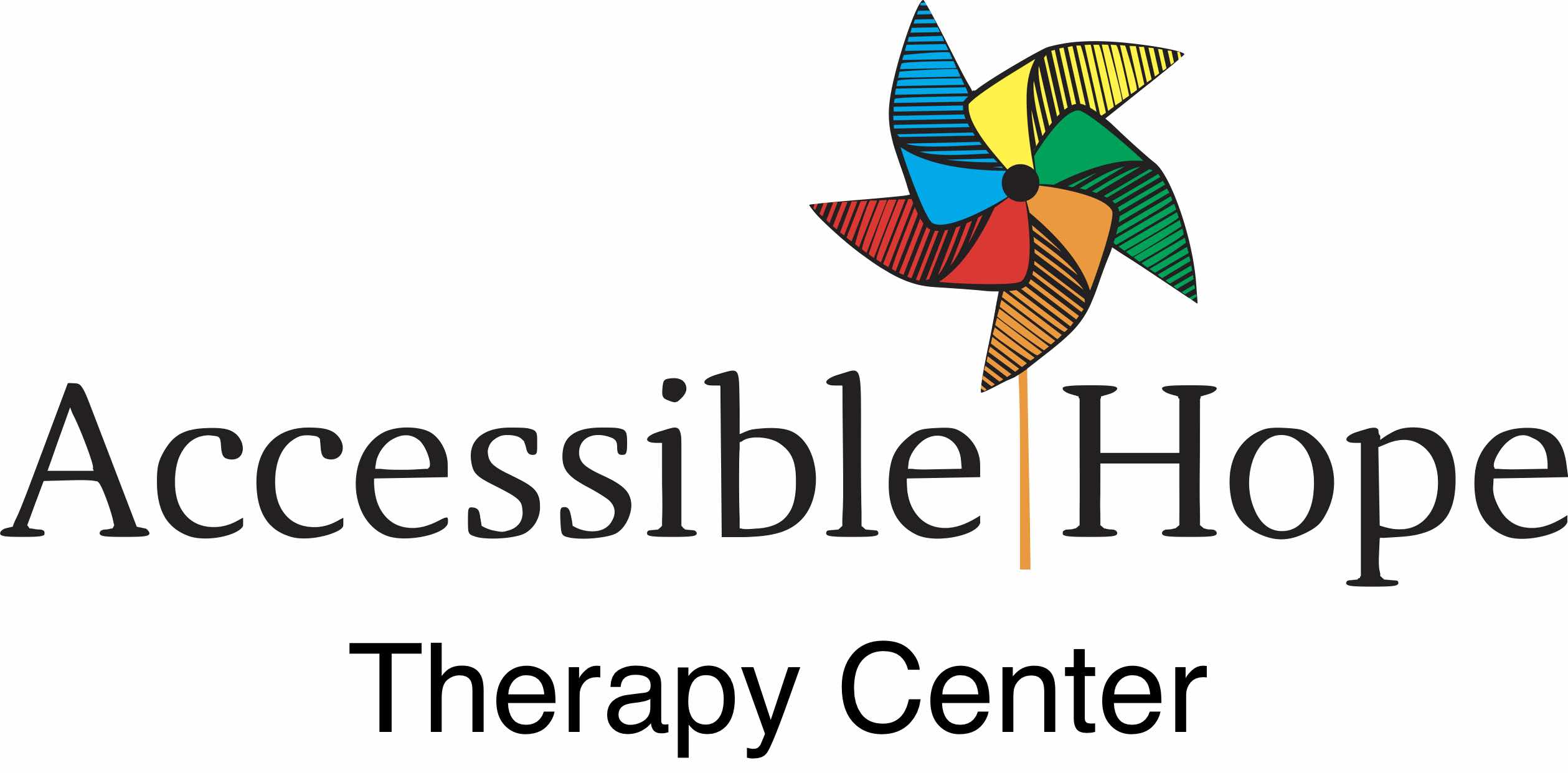Three Pitfalls to Avoid When Giving Directions to Children
Giving directions is a necessary part of teaching children, not only for getting things accomplished, but also for building solid relationships with them. Over the course of time, I’ve noticed three common pitfalls that many adults stumble into when they give directions to children. Learning to avoid these pitfalls can save time and keep you from becoming frustrated when your children fail to do what you ask them to do.
1. “I need you to…”
This introduction to a directive implies the child will comply on the basis of his or her relationship with you. In fact, the child should follow your direction regardless of whether he or she wishes to meet your needs!
If you like, as an alternative introduction to a directive, consider using the word please. After all, if we expect our children to learn to use the word, why not model it for them?
Or – sometimes, better yet – simply give the directive.
2. “Buddy…”
Often implies a relationship of equality or friendship, which is not what children need from their relationships with adults. They need leadership, and even authority. They have not yet learned to independently manage their own lives, and their sense of security is grounded in large part on the notion that there are adults who are willing to help them learn to do this. They may understand that there will come a day when they are expected to manage their own behavior independently. Indeed, more precocious or impetuous children may long for this day, but they need to know there are others who set the timeline for this eventuality.
3. Answering questions or negotiating before the directive has been followed.
Some children are naturally curious about the world around them, and they are genuinely eager to understand the purpose of adult directions. More often, however, when children ask questions right after being given a direction, they are stalling!
A good way of determining whether it is an appropriate time for questions is this: has the child followed your direction yet? If not, why not? Is the question truly a clarifying question, or is the child evading the task-at-hand?
If the question is not a clarifying question, the child is probably defying your directive. If this is the case, rather than express frustration, you can do one or both of 2 things:
1. Repeat the directive; and/or
2. Remind the child that he or she is welcome to ask questions after the direction has been followed.
If the child continues to stall even after you’ve done these things, a good stock phrase is this: “I’m not asking.” (Be prepared for a few sour looks when you pull this one out, but it’s a gem!)

